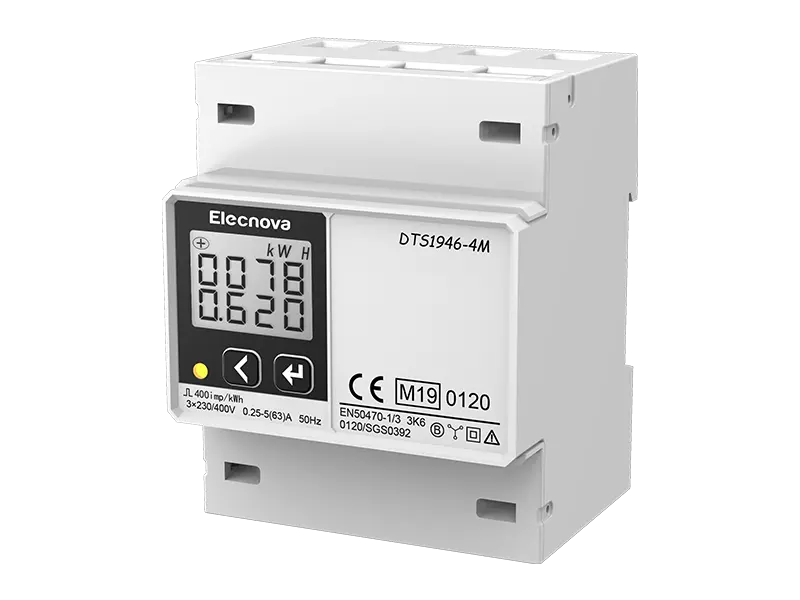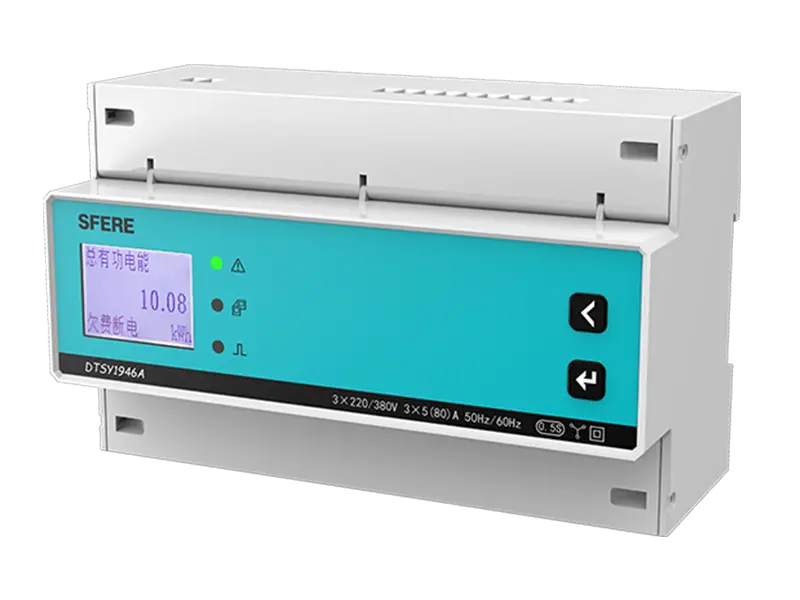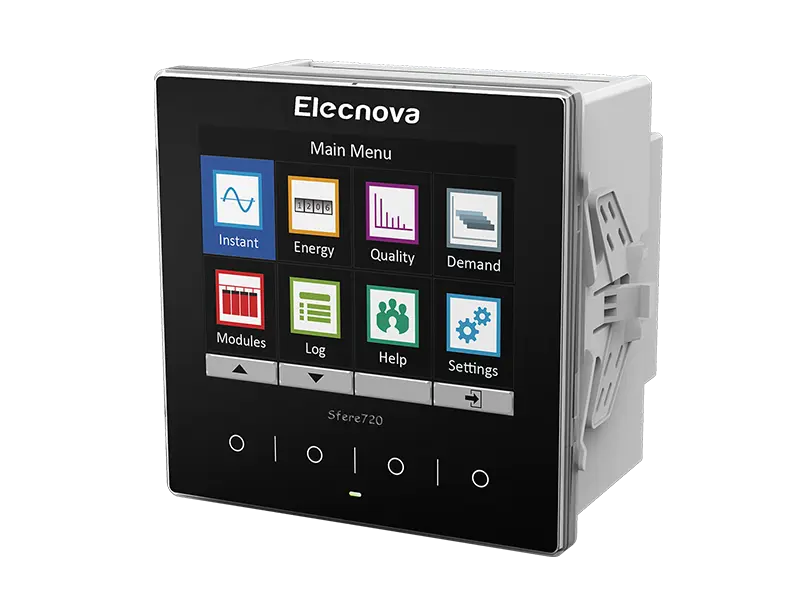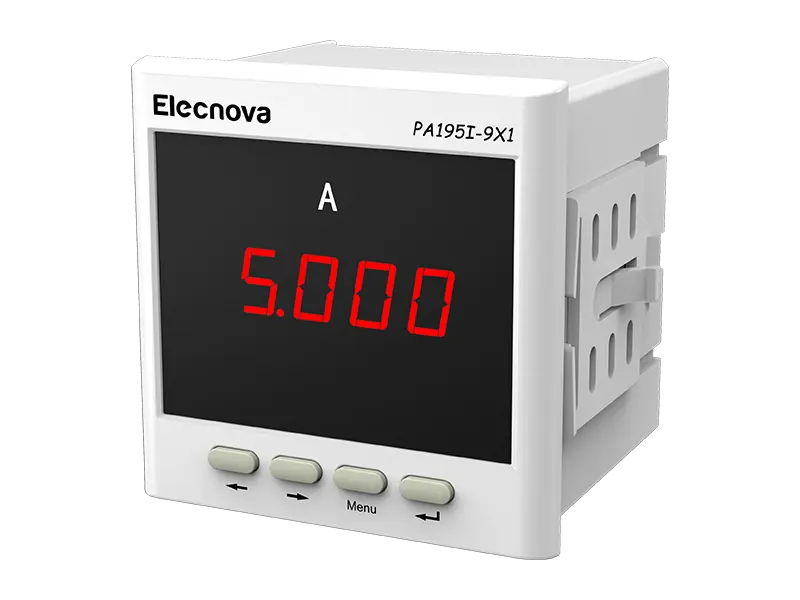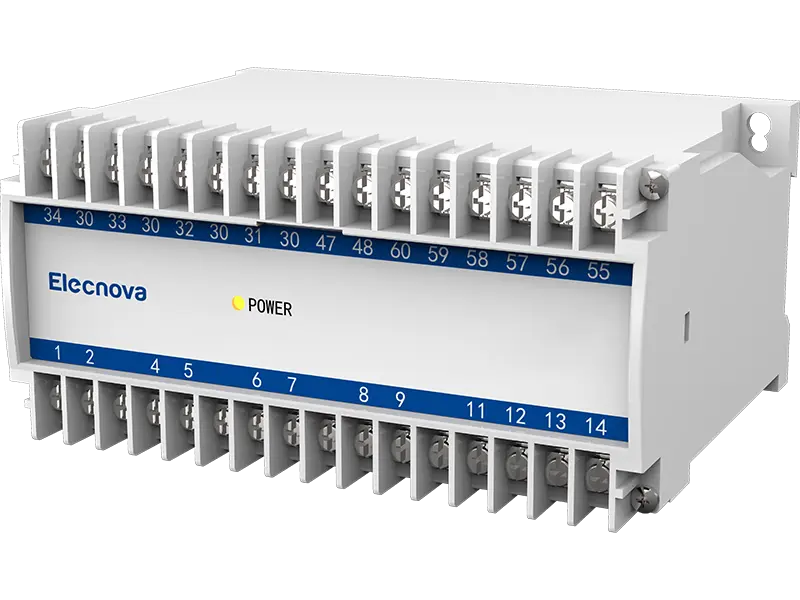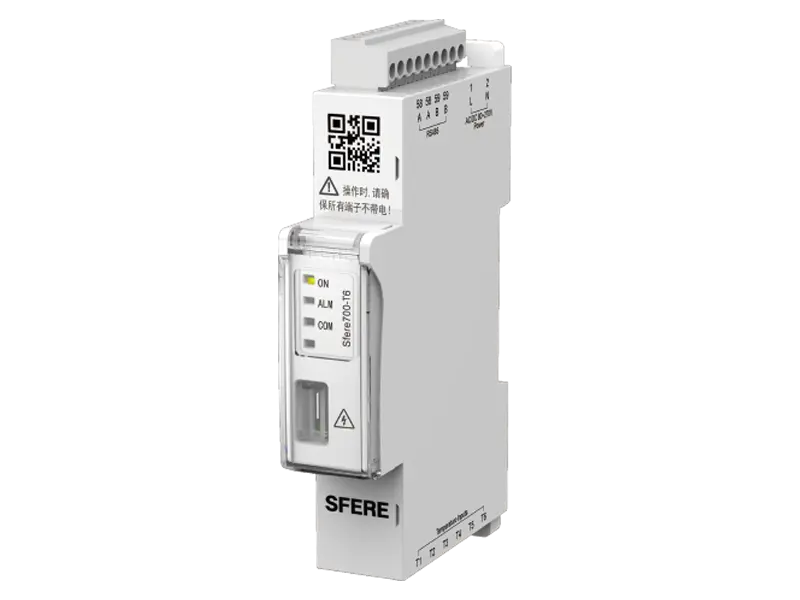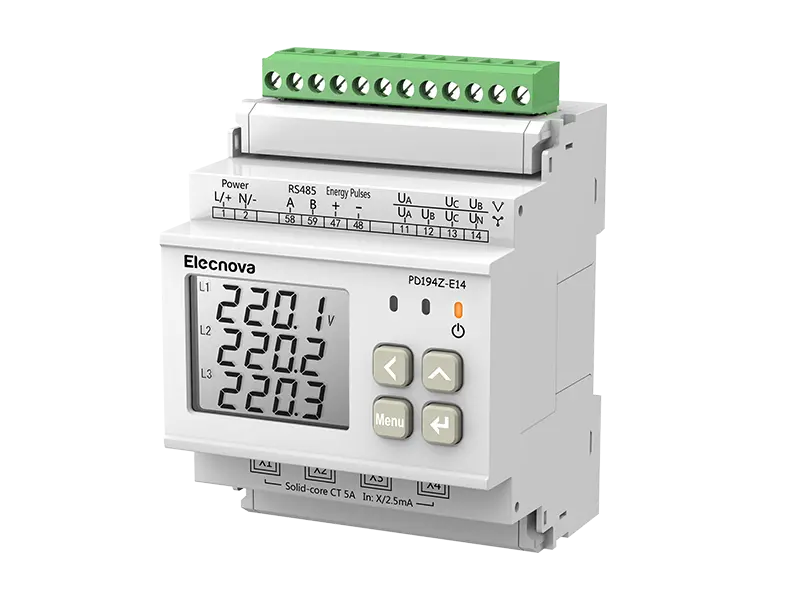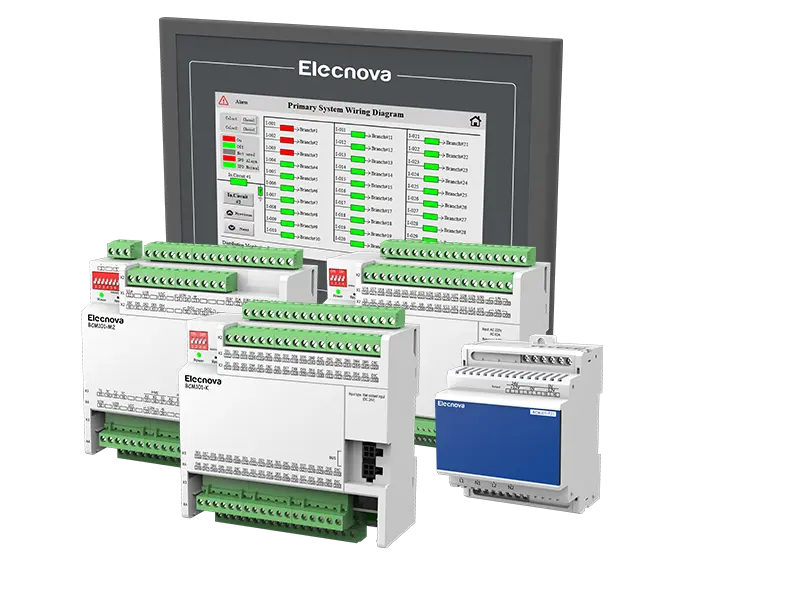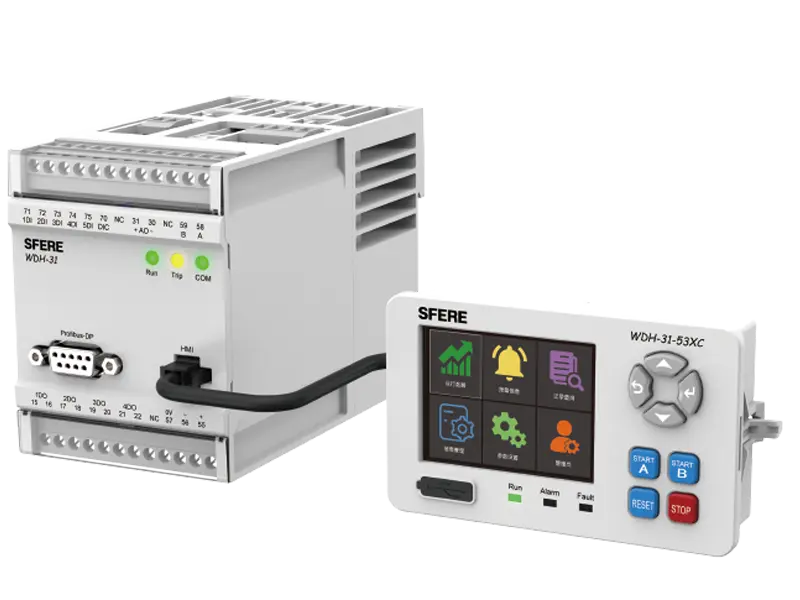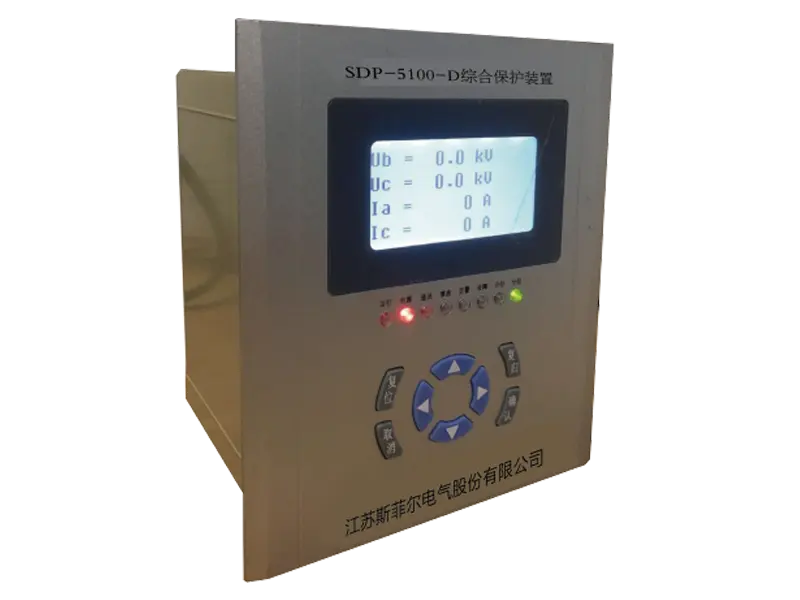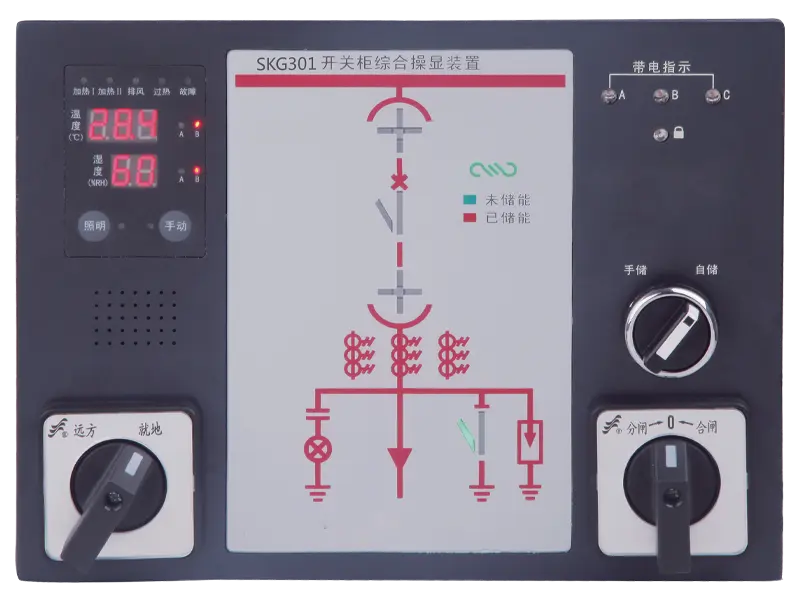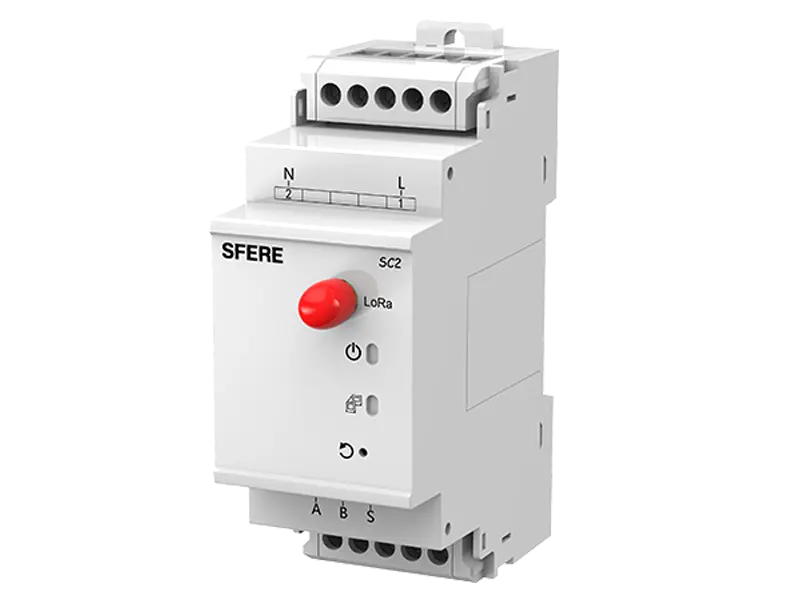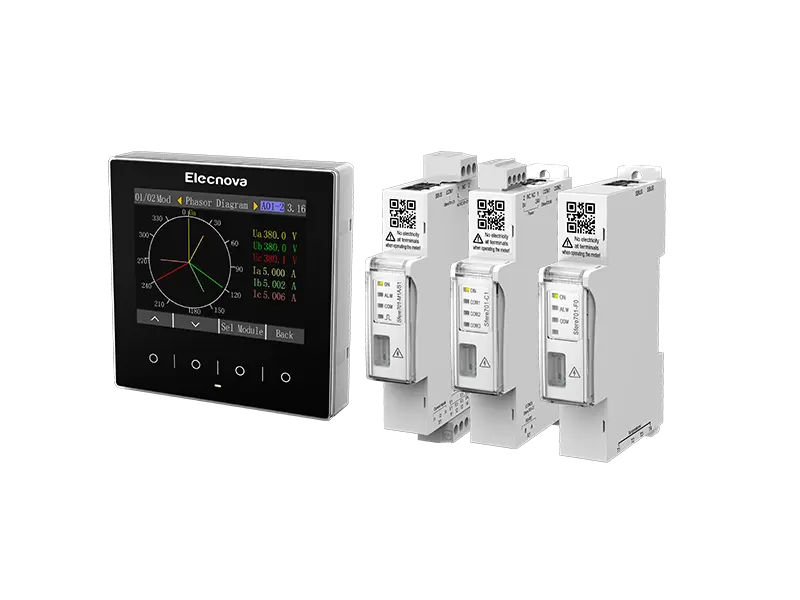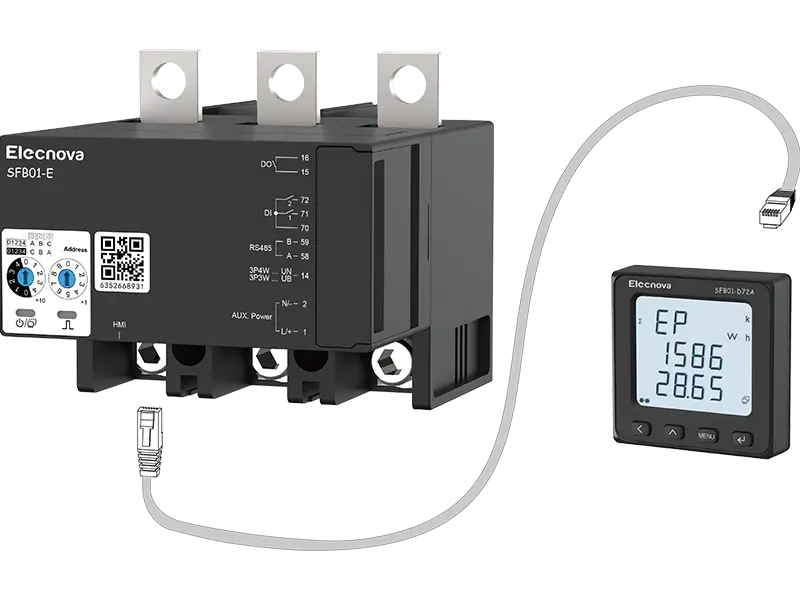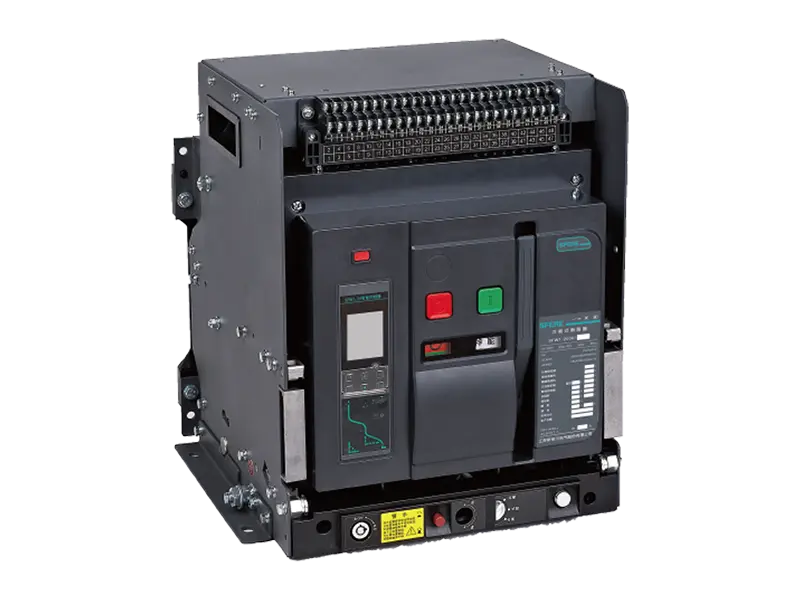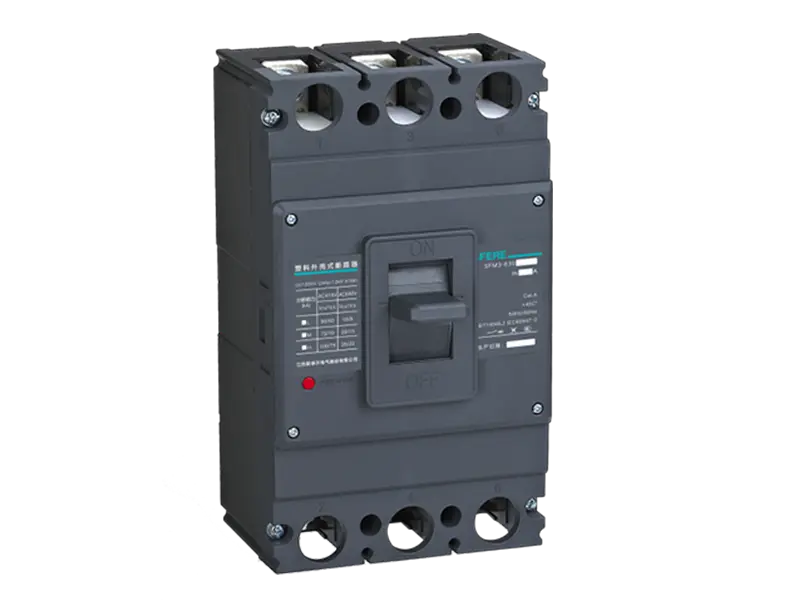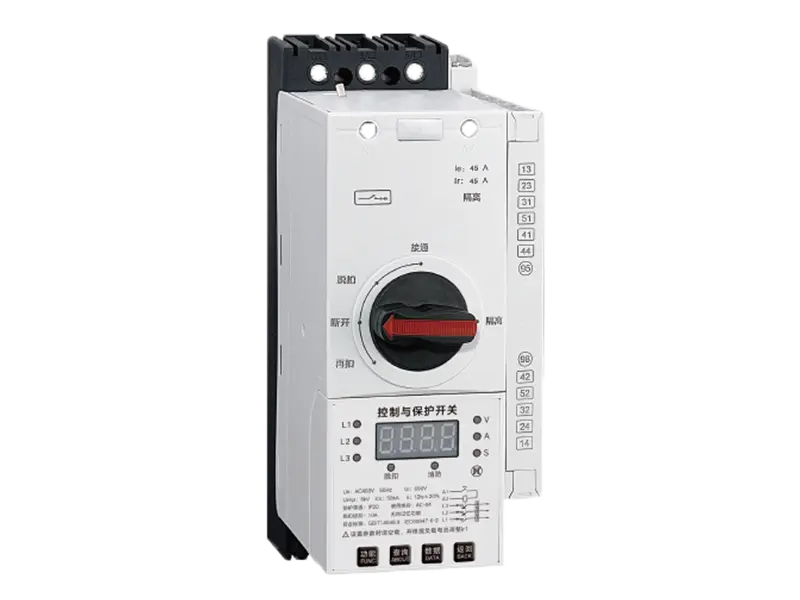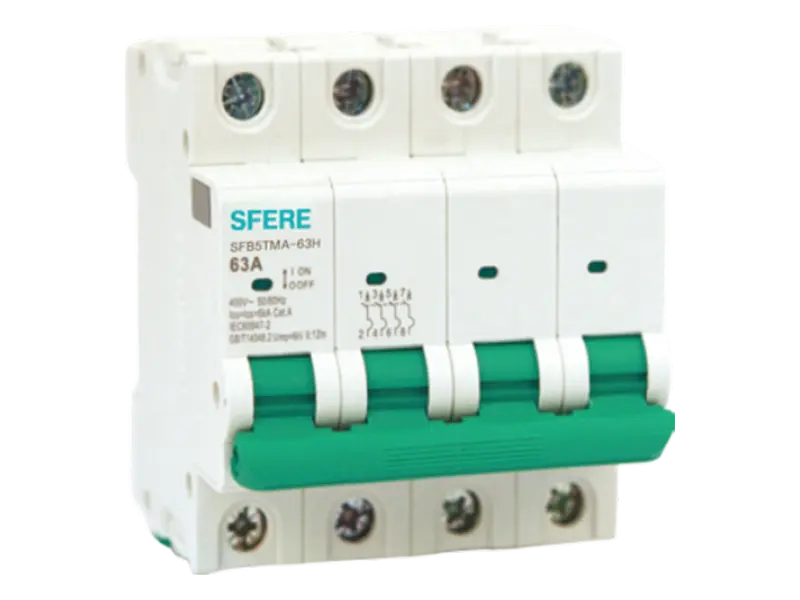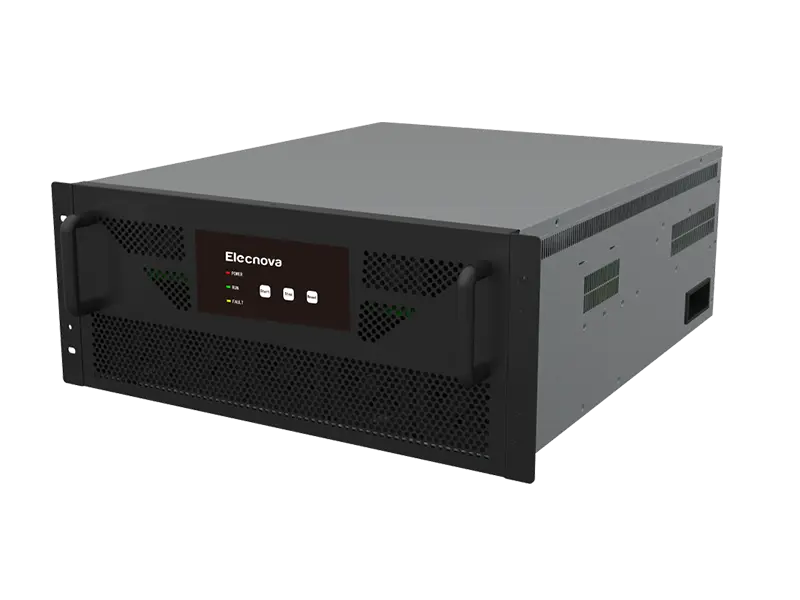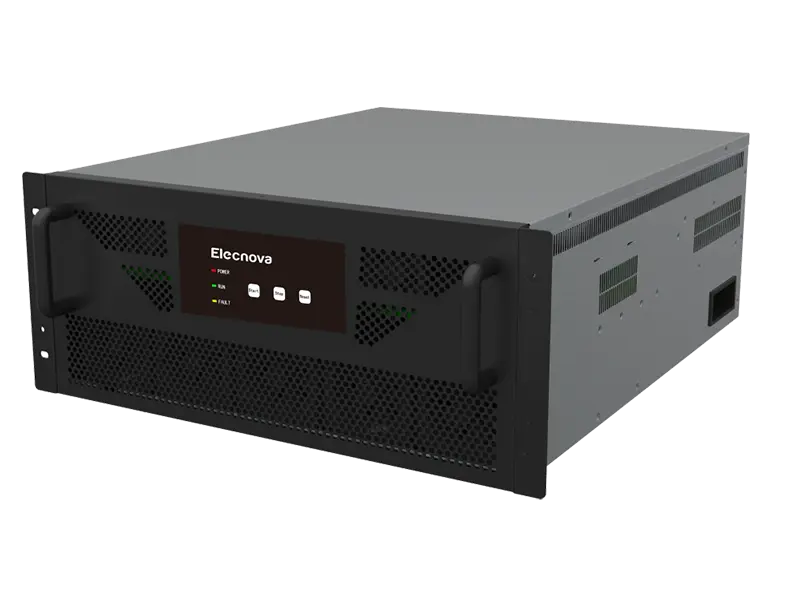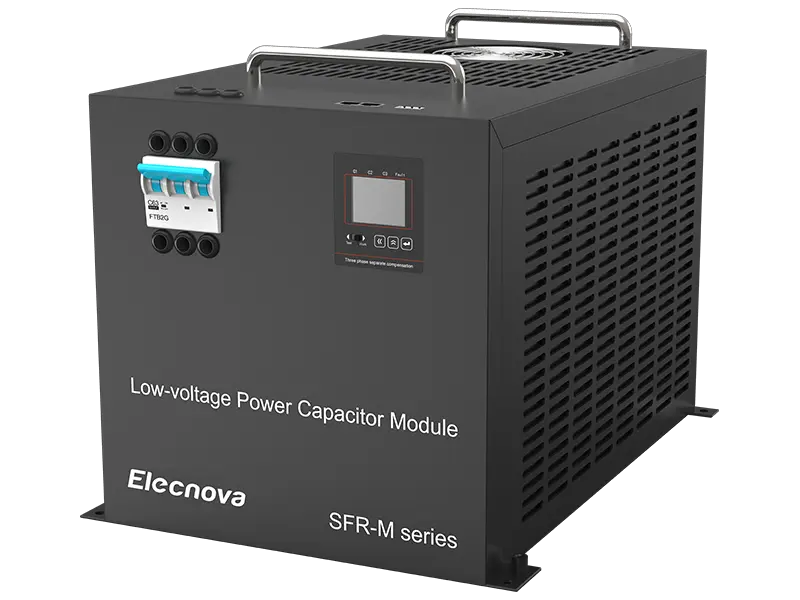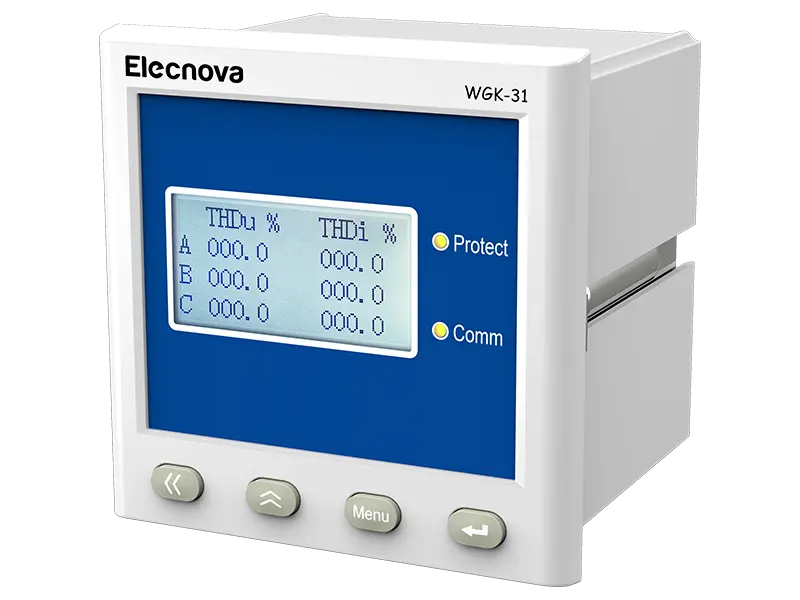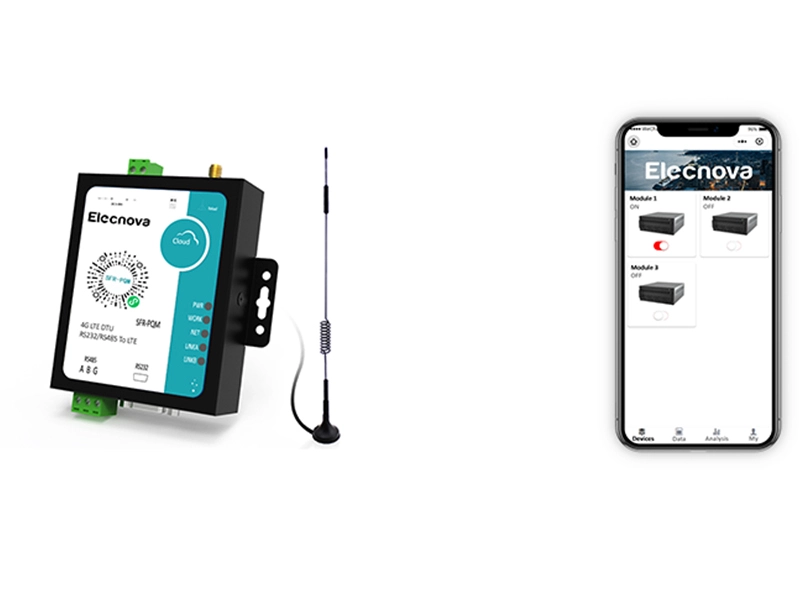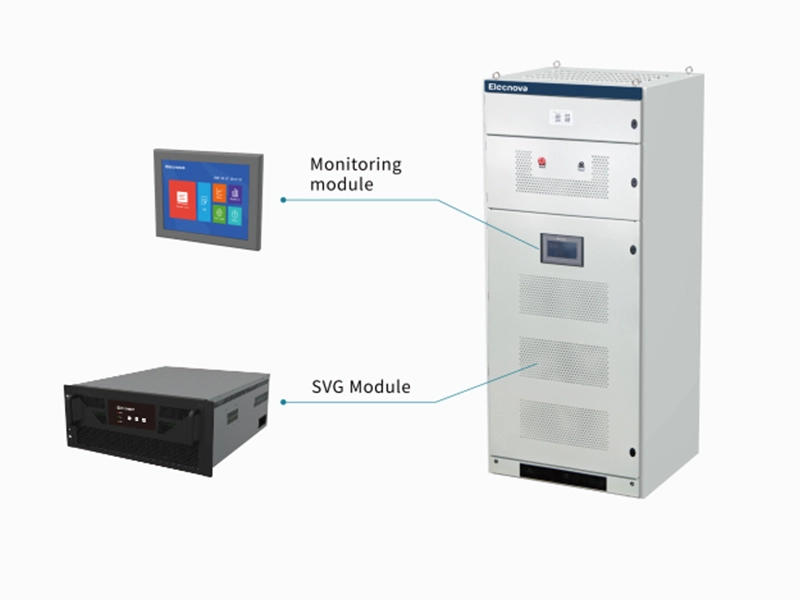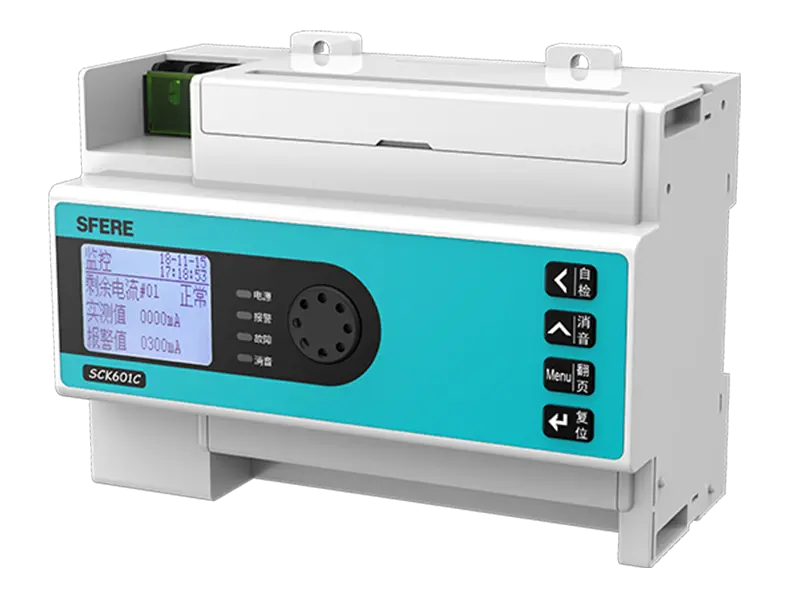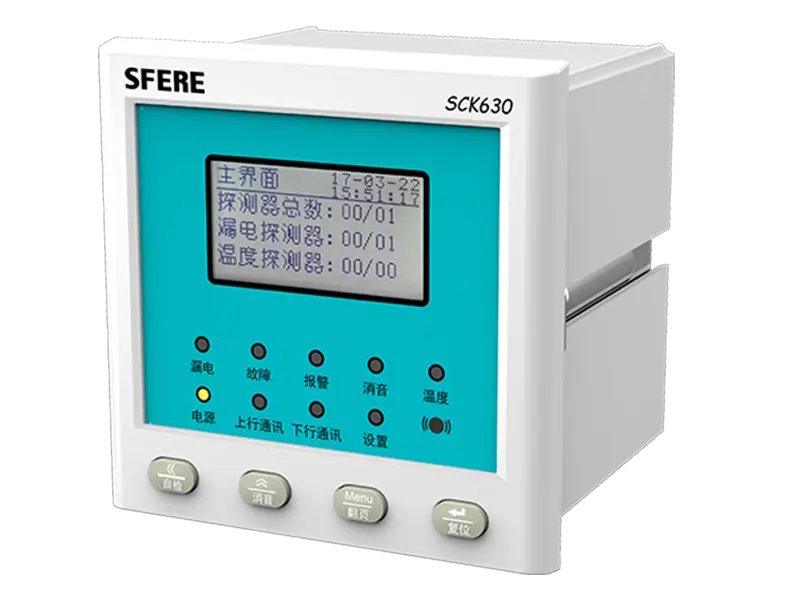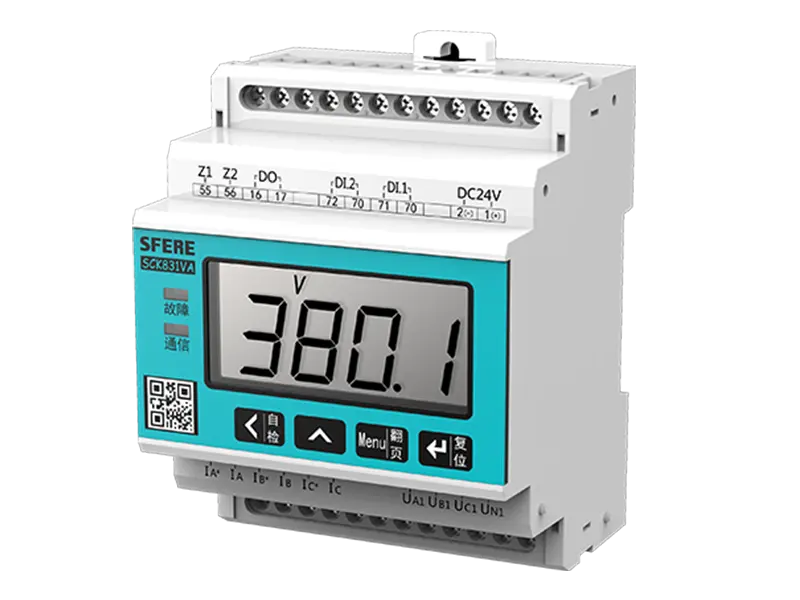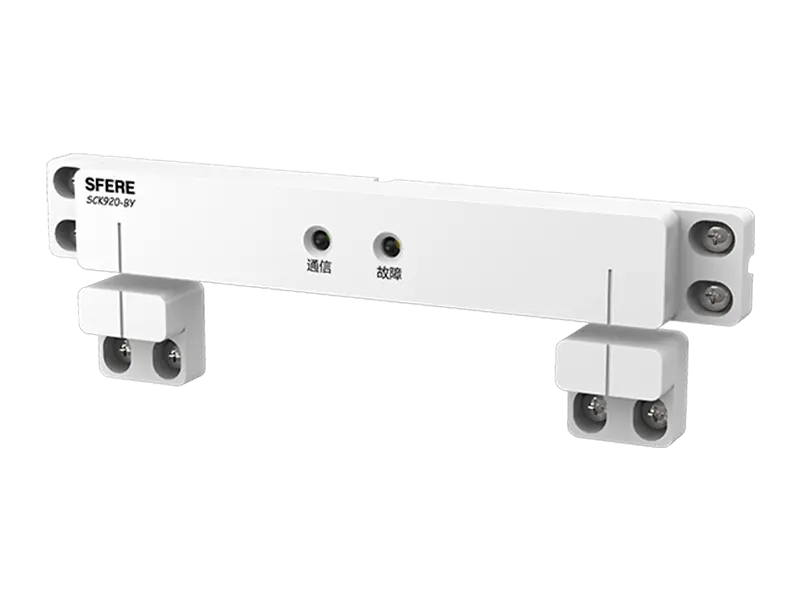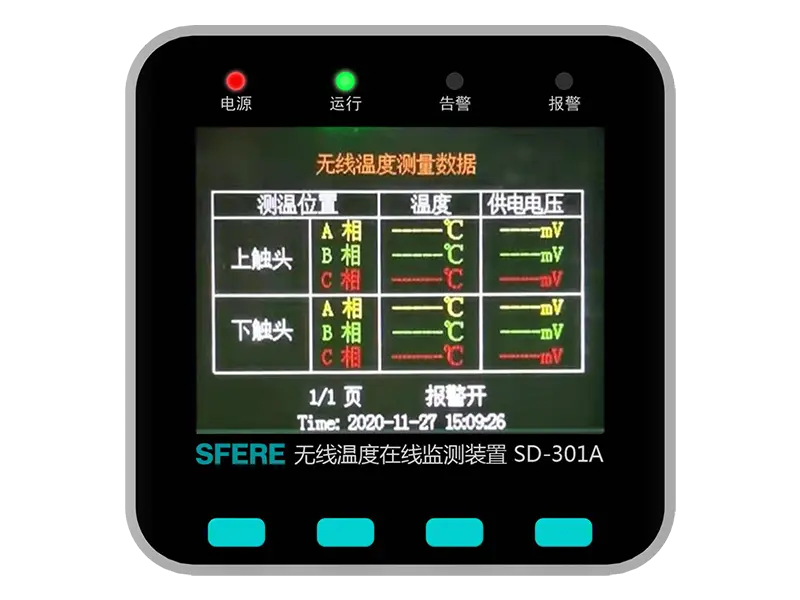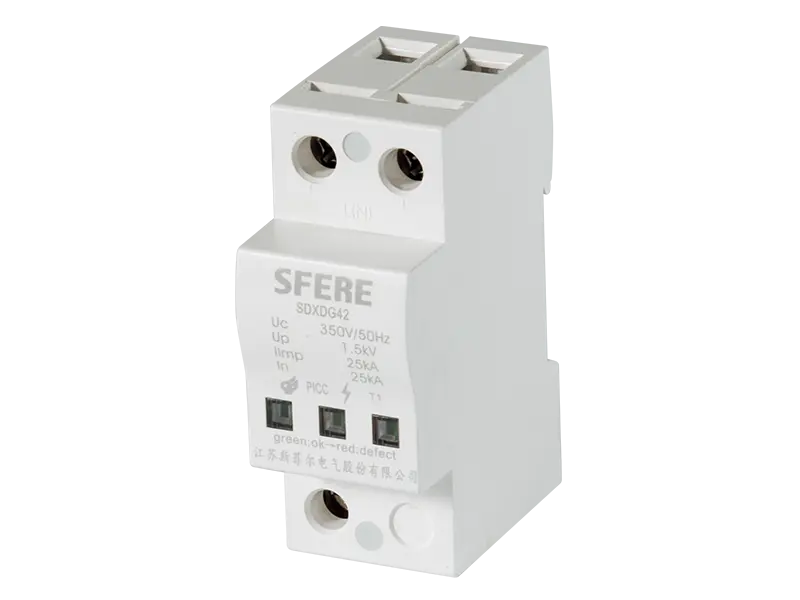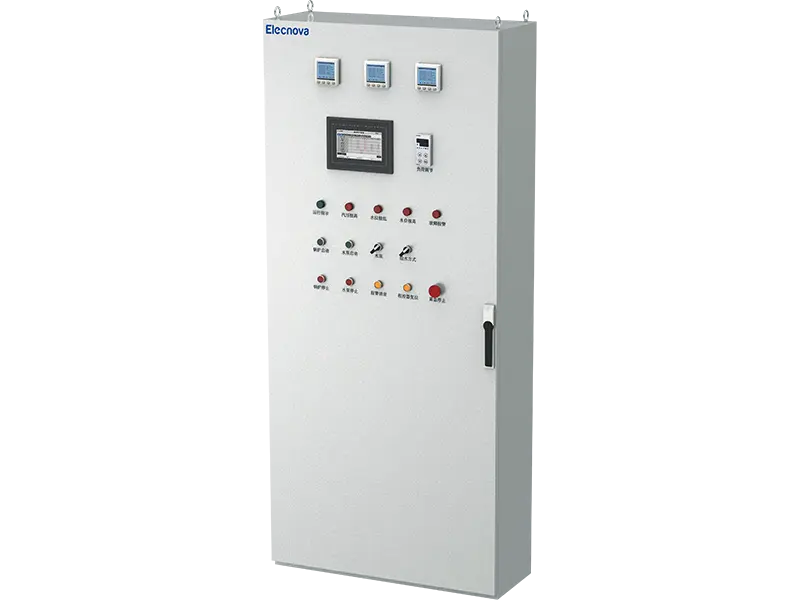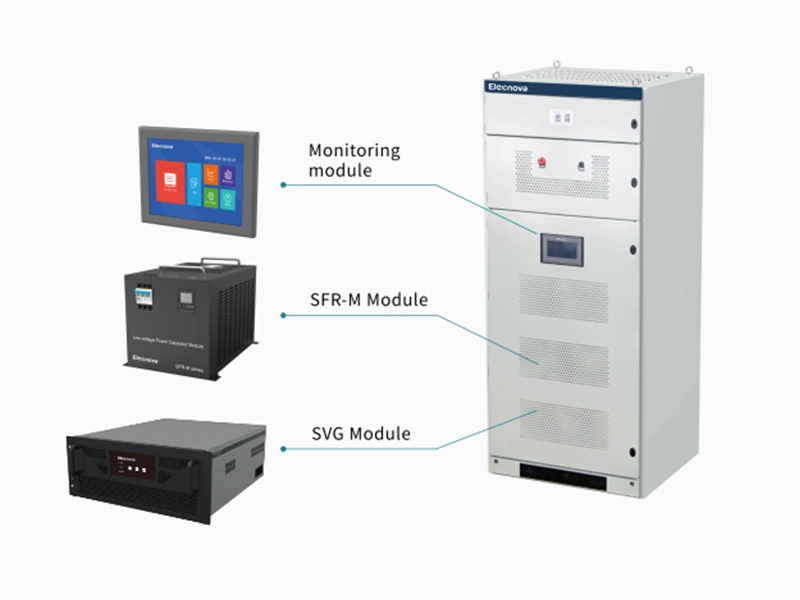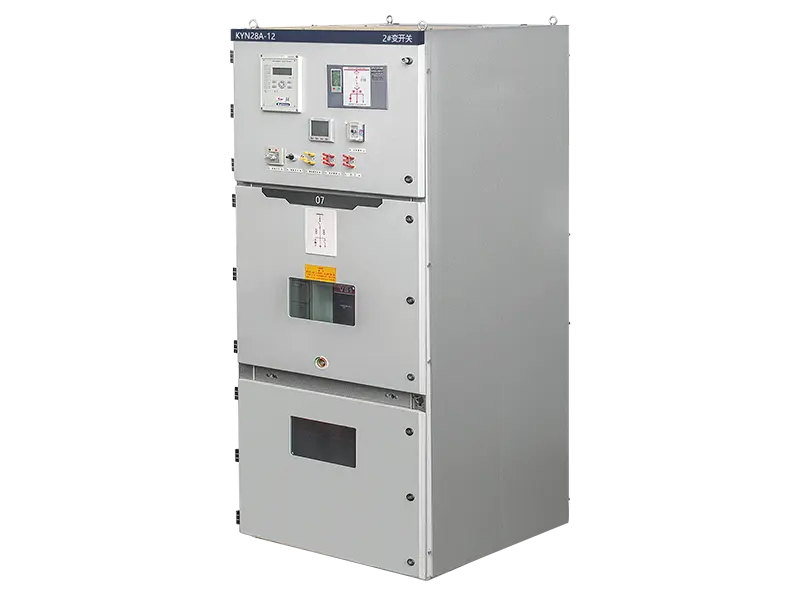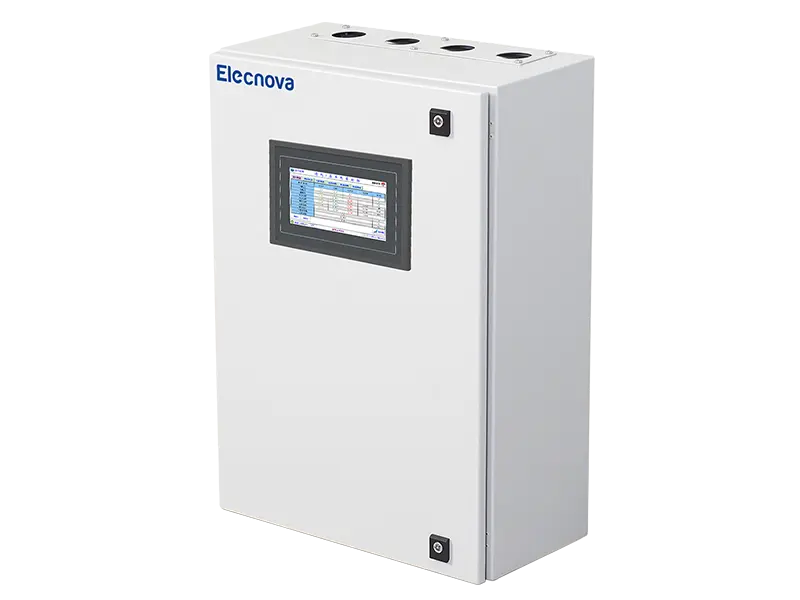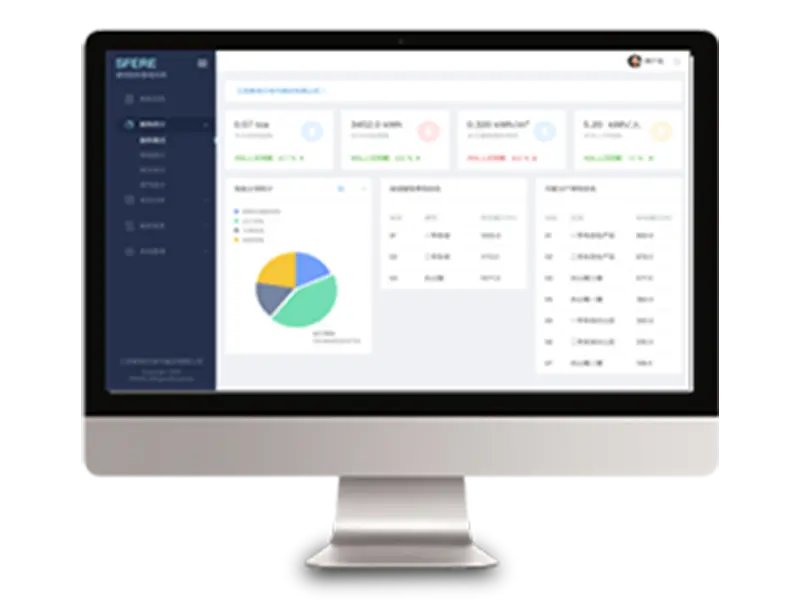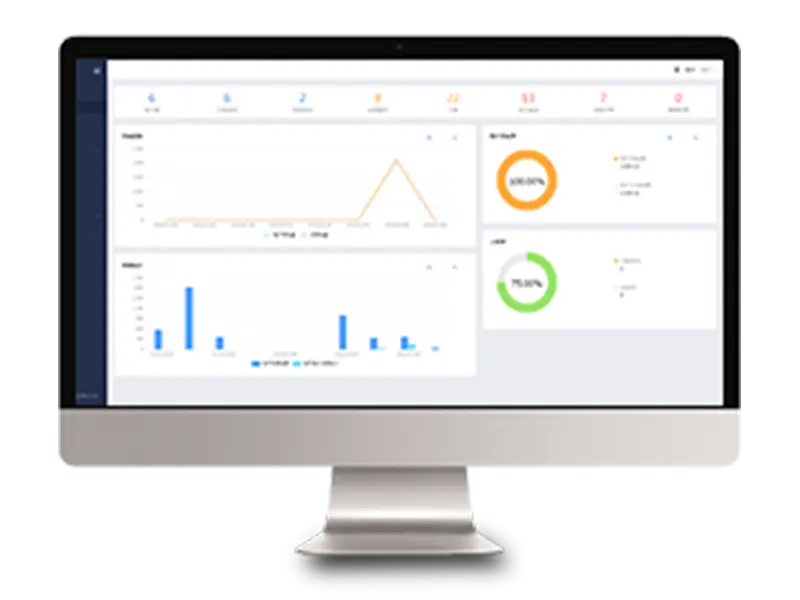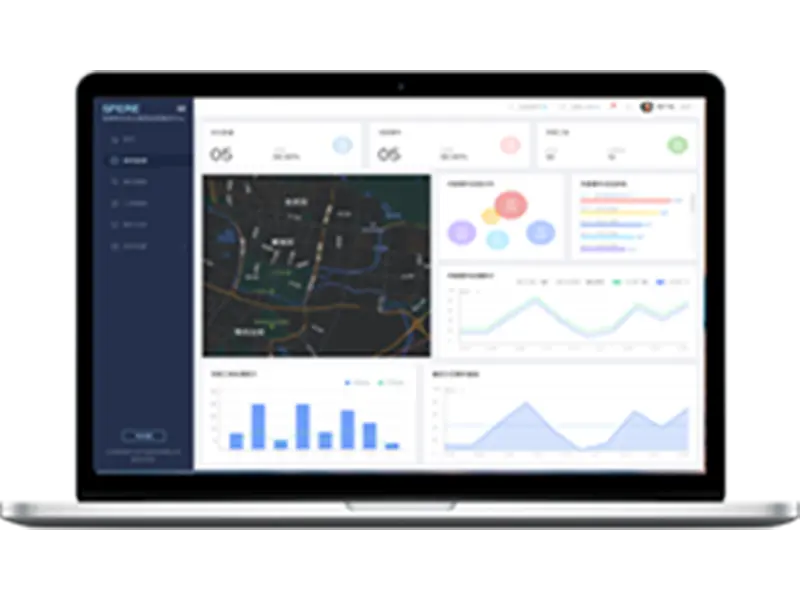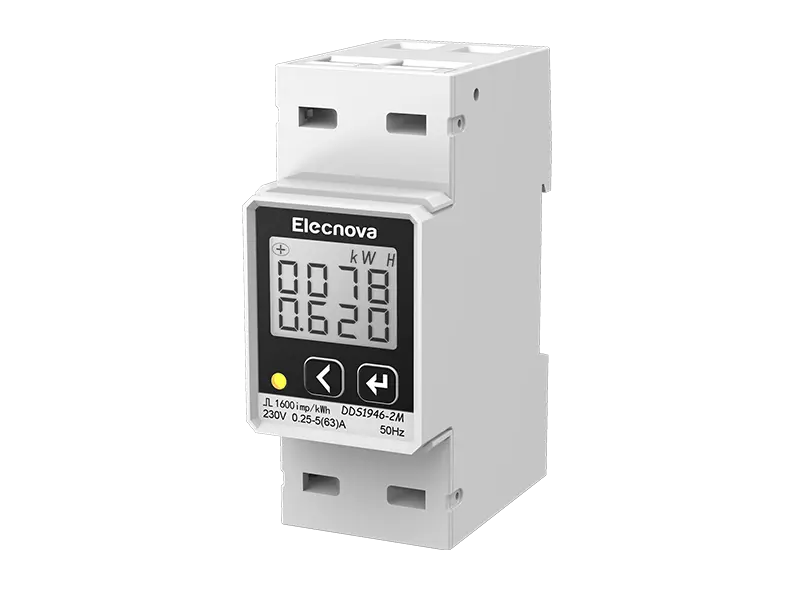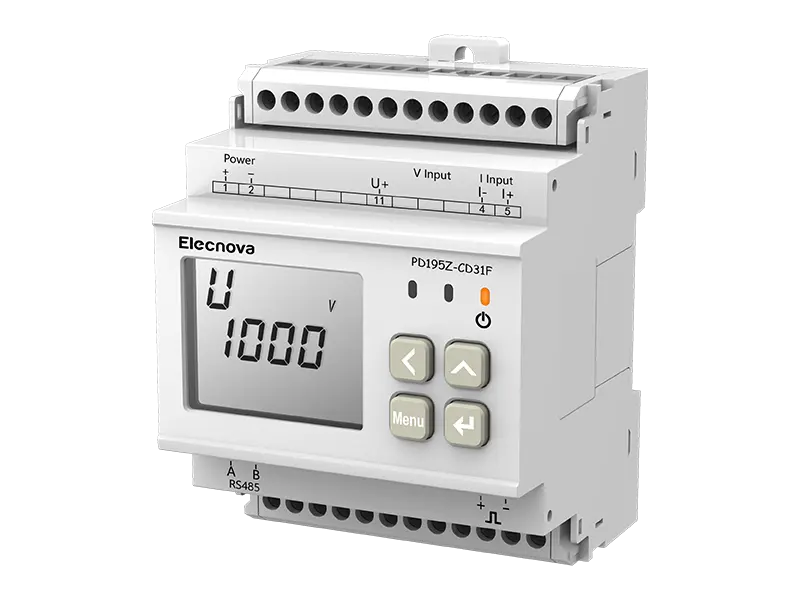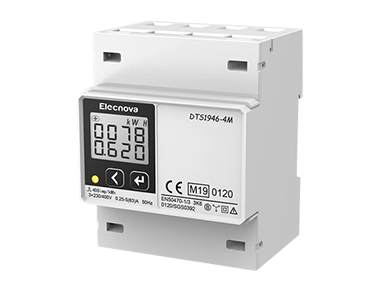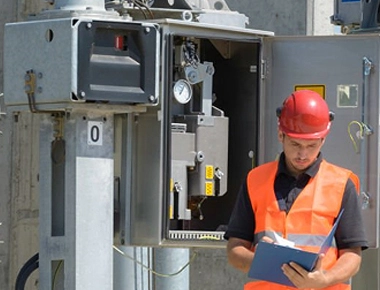The installation of an EV Charger Meter involves several steps to ensure proper functionality, accuracy, and safety. Here's a general overview of the installation process:
1. Site Assessment: Before installation, conduct a site assessment to determine the optimal location for the EV Charger Meter. Consider factors such as proximity to the electric vehicle charging station, accessibility for maintenance, and suitability of existing electrical infrastructure.
2. Electrical Wiring: Ensure that the electrical wiring at the installation site meets the requirements for installing the EV Charger Meter. This may involve hiring a licensed electrician to assess the wiring, make any necessary upgrades or modifications, and ensure compliance with local electrical codes and regulations.
3. Mounting the Meter: Mount the EV Charger Meter securely in a suitable location, such as on a wall or mounting panel, using appropriate mounting hardware. Ensure that the meter is positioned correctly and securely to prevent any damage or tampering.
4. Electrical Connection: Connect the EV Charger Meter to the electrical supply using the appropriate wiring and connectors. Follow the manufacturer's instructions and wiring diagrams to ensure proper connection and alignment of the meter with the electrical circuit.
5. Calibration and Configuration: Once the EV Charger Meter is installed and connected, calibrate and configure the meter according to the manufacturer's specifications. This may involve setting parameters such as voltage range, current rating, power factor, and communication protocols.
6. Testing and Verification: Test the EV Charger Meter to ensure that it is functioning correctly and accurately. Verify that the meter is accurately measuring electrical parameters such as voltage, current, and power consumption during charging operations.
7. Commissioning and Activation: After testing and verification, commission the EV Charger Meter for operation. Activate any communication interfaces or features, such as wireless connectivity or data logging, and ensure that the meter is ready to monitor and record charging sessions.
8. User Training: Provide training to users or operators on how to use the EV Charger Meter effectively. Familiarize them with the meter's features, interface, and functionalities, and provide instructions on how to access and interpret charging data.
9. Documentation and Compliance: Keep detailed documentation of the EV Charger Meter installation, including wiring diagrams, calibration records, and user manuals. Ensure that the installation complies with relevant safety standards, regulations, and manufacturer guidelines.
By following these steps, you can ensure a successful installation of an EV Charger Meter, enabling accurate monitoring and management of electric vehicle charging operations.


